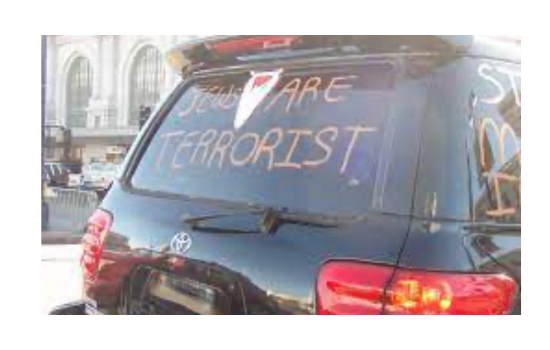Alan Ripp
WSJ, July 25, 2024
“No dogs allowed up here,” a passing jogger scolded me as I tried to call 911. I looked up and unbelievably, there was my attacker again, back on his bike and coming at me on the cinder path, shouting “You can’t run, Jew. I’m going to kill you now.”
An out-of-town friend recently asked if I feel threatened these days as a Jew in New York, to which I scoffed and expressed disbelief. Of course I had seen obnoxious anti-Zionists ripping down hostage posters and had confronted a few. I’d stared down protesters marching near my apartment chanting strident “from the river to the sea” tropes. I felt outrage walking past a neighborhood kosher eatery that was forced to remove graffiti declaring “Free Gaza” and “Form line here to support genocide.”
Yet despite these disturbing scenes, and reports from the Anti-Defamation League and others showing a spike in reported antisemitic bias incidents in New York, I hadn’t felt personally targeted or at risk. It wasn’t just because I don’t wear any symbols or clothing that would identify me as Jewish, such as a head-covering kippah or a black hat and side curls. I simply didn’t believe that I could feel physical peril for being Jewish in the diverse, populous and generally civilized part of the city where I live, the Upper West Side.
Until it happened, and I realized that the age-old hatred of antisemitism can strike any time, even in what we believe are the safest places and comfort zones.
I was walking my daughter’s dog Biscotti on a sultry Saturday evening in Central Park, just below one of the cast-iron bridges leading to the reservoir. It is a shady, idyllic spot I’ve traversed thousands of times since moving to the neighborhood in 1976. A man on a CitiBike rode past and gave me a hard shove with his left elbow. I’m not one to call out cyclists for disregarding park rules, but the push was so intentional that I blurted, “Hey, you’re not allowed to ride your bike on the path.” … [To read the full article, click here]


